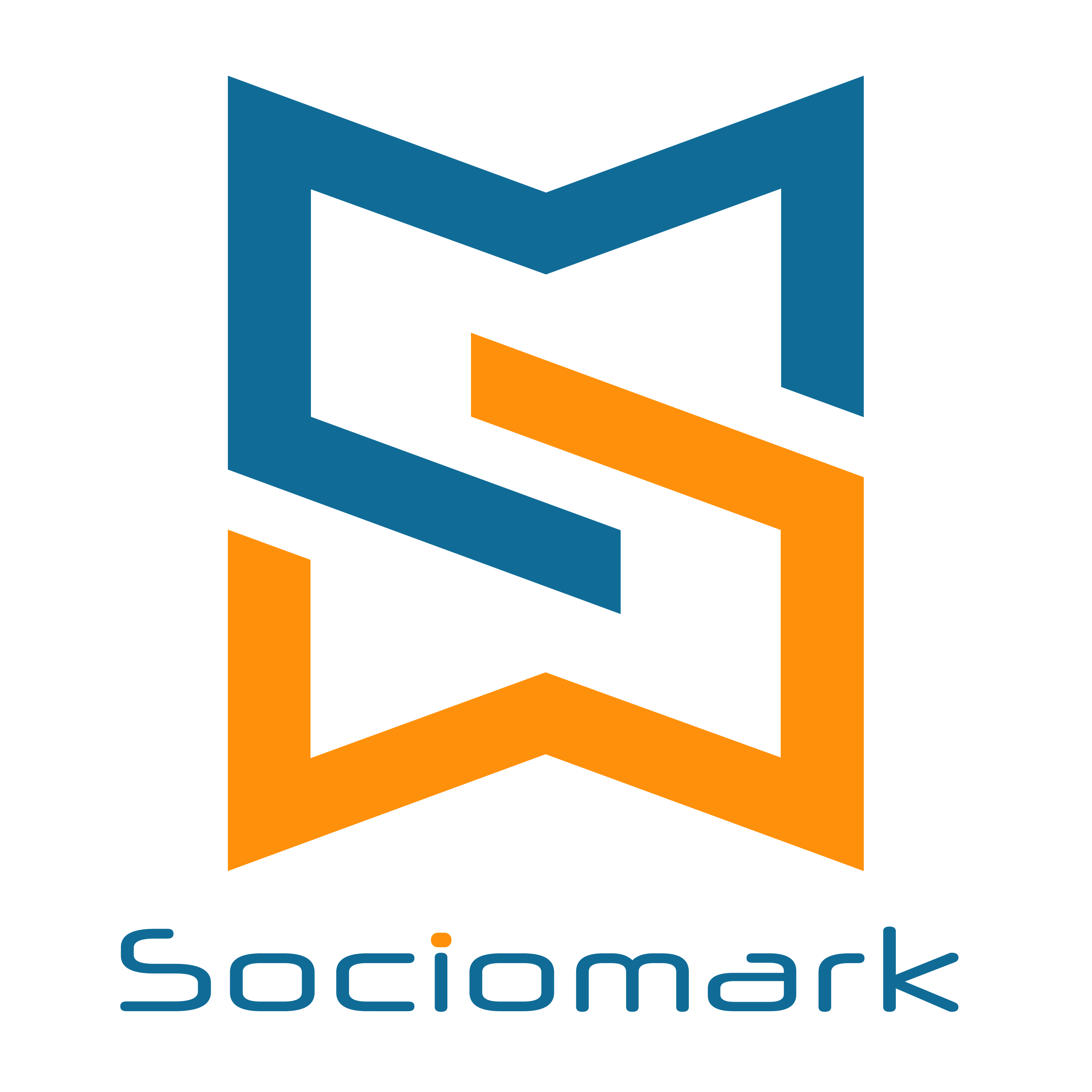

Websites play a crucial role in the online business, and therefore, you need an effective one that suits you. With the increase in the online market, people from all over the world are relying on the internet to gain customers and make their brand. Websites help to create brand recognition and make your product and services unique from others. Without having a good website, no online business can run and earn revenue. Before making a website, you must know the aim and goals of your business.
There are two main segments of the website. Firstly, a static website and the other is a dynamic website. These websites have their benefits and features that help enhance the business by targeting a specific group of customers.
Also read - SINGLE PAGE VS MULTI PAGE WEBSITE | DETAILED COMPARISON WITH PROS & CONS
What is a Static Website?
Static websites are also known as flat or stationary websites. The website appears precisely in the form in which it has been stored. It includes web pages with specific content that are coded in HTML and stored in the webserver. All customers have the same view of the web page regardless of device and platform, making the website static.
There is no need for any web programming or database design to develop a static website. You can consider a static website the most basic website, and it is straightforward to create. If you want a small-scale site, the static website is what you are looking for. Small business lacks investment but needs a website to commence their business.
A static website fulfills their need and makes it possible to have a website with minimum and basic features. Remember that if you upload little content that requires limited web pages, it is wise to have a static website. Still, if you are looking forward to uploading hundreds of content with several web pages, you must have a dynamic website.
What is a Dynamic Website?
Unlike a static website, a dynamic website requires database design and web programming. You can also refer to the dynamic website as database-driven sites. Most of the websites on the internet are dynamic websites. These websites render different features that make them crucial for business. For instance, if you are looking forward to commencing your business on a global platform with tons of additional viewers from different time zones, you must develop a dynamic website.
Dynamic websites help the business attract different customers depending on their time zone, native language, and country. Depending on the characteristics of the viewers, the dynamic website alternates its content and thus makes it ready for that specific zone automatically. In the case of a dynamic website, the contents, images, and information are stored on the content management system or database.
When viewers access your website, it sends data from the user’s server to your database server. The dynamic webpage examines the customer’s server and alternates the content according to it.
What are the Pros and Cons of Static Website?
Static websites are best for small websites. There are thousands of website that does not have proper financial support to commence the business and thrive in the massive internet market. In this section, you will find some essential benefits and also some disadvantages of a static website.
Pros:
Time-Saving- One of the best features of a static website is that it saves a considerable amount of time to maintain and upload content on the website. As a static website provides simple features and showcases limited web pages, it is easy to develop. A professional web developer requires a small amount of time to create a static website. This adds a massive advantage to a static website.
Quick Transferring- Unlike dynamic websites, static websites have a simple structure that makes transferring data and content much faster when compared to dynamic websites. When clients open the website, the IP sends information regarding the location, time zone, and other essential aspects to the website's database. As the static website does not have any complex structure, the processing of the website is faster, and thus processing of the website is easy and flexible.
Cons:
Intricate to Upload Content- This is the most significant disadvantage of a static website. You cannot upload content whenever you like. Uploading contents require a professional web developer to upload and alternate any feature in the website. The HTML files require changes to make the slightest change in the website. This increases the expense of hiring web developers every time you need to change something on your website.
Limited Functions- Static website provides limited functions to the website. You can only add text, hyperlinks, images and videos to the website. Dynamic websites provide several functions that make them flexible and more attractive than static websites.
What are the Pros and Cons of Dynamic Website?
The dynamic website is more flexible than the static website and provides several benefits by providing many functions to it. But it also has some minor disadvantages. In this section, you will find the pros and cons of a dynamic website.
Pros:
Uploading Flexibility- Business owners can easily update their website according to their needs and trends. This is one of the biggest pros of having a dynamic website instead of a static website. You need not hire a professional web developer at all times to make significant changes to the website. It only requires a single alteration in the templates, and the entire file with similar templates will be updated.
Interactive- This website can interact with the users and change accordingly.
Cons:
Slow Processing- As the dynamic website has several functions and intricate technology, it makes it slow.
Expensive- It is costly to host a dynamic website and requires considerable money to develop.
These are some differences between a static and dynamic website that you must know before developing one. The feature of the websites entirely depends upon your business goals, financial support, and line of business. Hope, this blog helps you to understand the differentiation between these two.
Author : Ayaz Nashir (Web Developer)
Reviewed By : Heta Baandal, Managing Director - Sociomark


